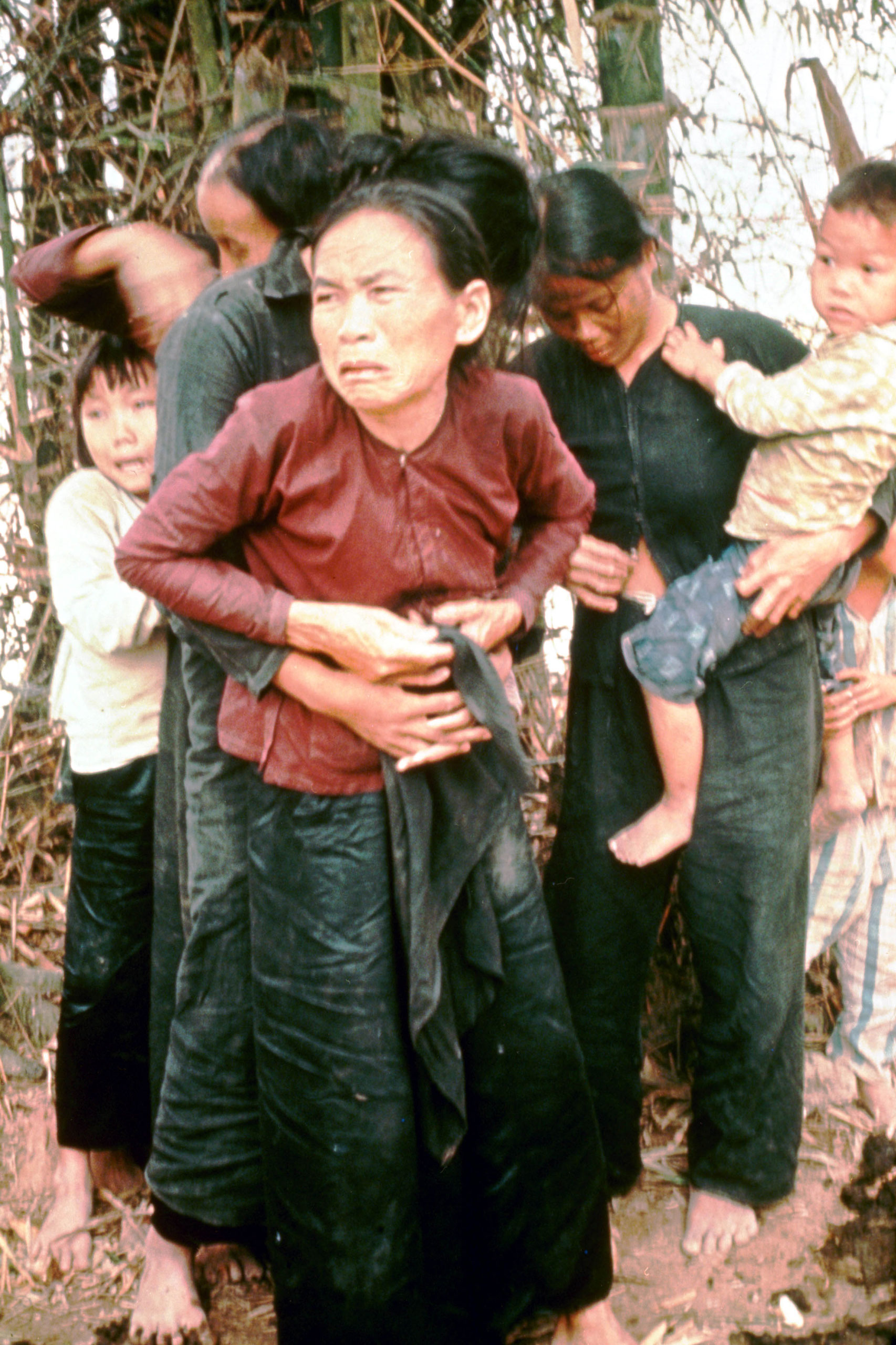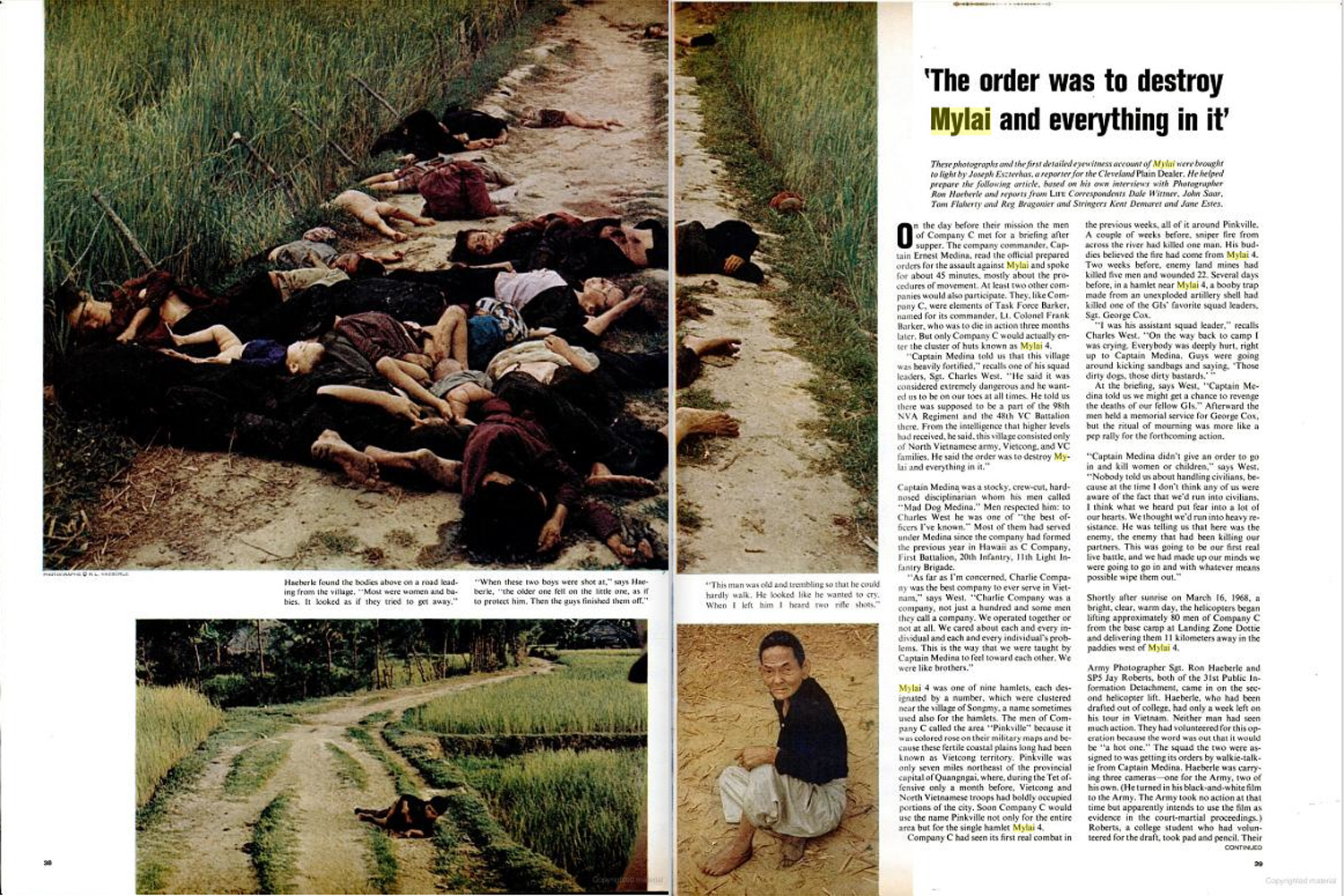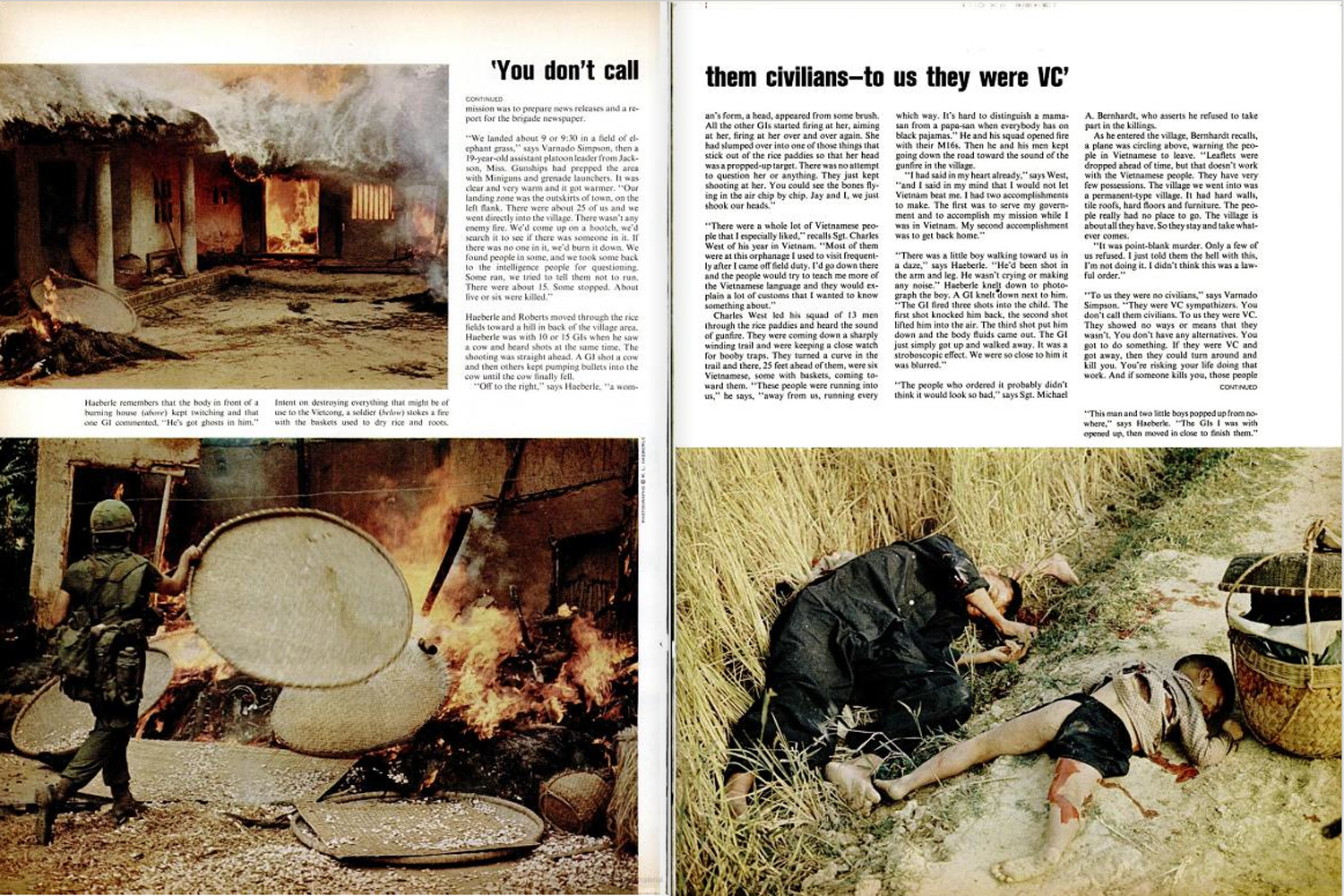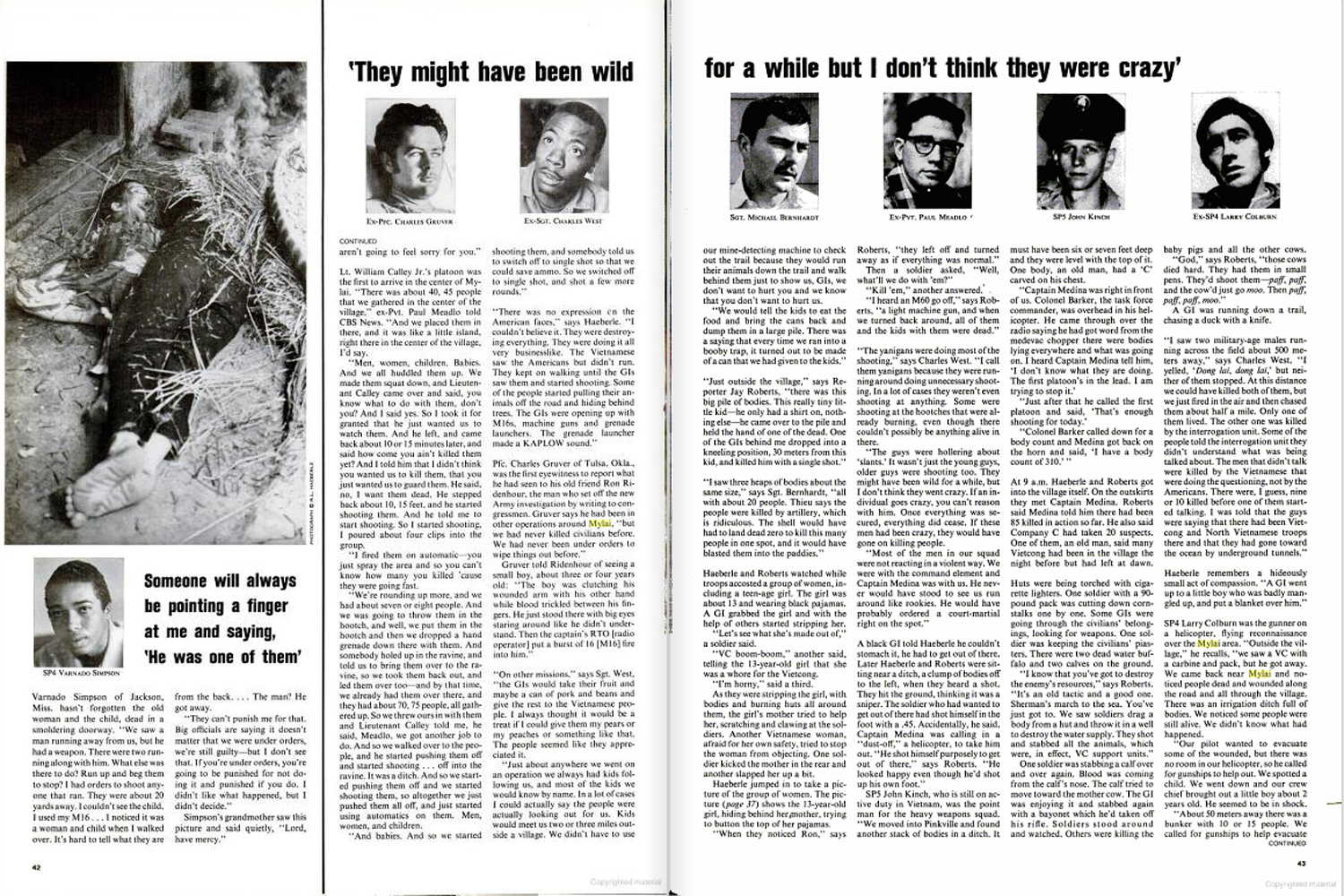
Through the centuries, whether combatants have fought with spears, bows and arrows, muzzle-loading rifles, naval cannons, long-range bombers, nuclear weapons or cutting-edge drones, one aspect of warfare has never changed: innocents die. In the 20th century alone millions—tens of millions—of civilians were killed and continue to be killed and maimed in global, regional and civil wars.
Most of these victims are “collateral damage”: men, women and children caught in urban warfare; families obliterated by grenades and mortars; entire cities laid waste by bombers dropping tons of ordnance from miles above. But countless civilians slaughtered in warfare don’t die by accident or as the result of military errors; they’re killed by design. They are, in other words, murdered—often after being raped or tortured. It happened in the Peloponnesian War, it happened in the Napoleonic Wars, it happened in the American Civil War and World War I and the Spanish Civil War and World War II and the Korean War and Vietnam and Kosovo and Iraq and it’s happening today in Syria and the Congo and other places where the paths of warriors and civilians inevitably cross.
For Americans of a certain age, meanwhile, one particular atrocity not only remains a grisly emblem of other war crimes that have been committed by some of “our boys” through the years, but in a very real sense marked the end of a certain willful American innocence about the fluid, shadowy line that separates good and evil in war zones.
Two simple syllables, My Lai (pronounced “me lie”), are today a reminder of what America lost in the jungles of Vietnam: namely, any claim to moral high ground in a war often defined by those back home as a battle between right and wrong. For the Vietnamese, meanwhile, the March 1968 massacre in the tiny village of My Lai is just one among numerous instances of rape, torture and murder committed by troops—Americans, South Vietnamese, Viet Cong and others—in the course of that long, divisive war.
That said, just because it was not the only atrocity committed by American troops in Vietnam hardly mitigates its horror; on the contrary, the fact that this one act of collective barbarity has received so much attention, while other equally appalling acts have for decades gone virtually unnoticed, should terrify and shame us all the more.
[MORE: See all of LIFE.com’s coverage of the Vietnam War]
The chilling facts about My Lai itself are widely known, but on the 45th anniversary of the massacre, some details bear repeating. On March 16, 1968, hundreds (various estimates range between 347 and 504) of elderly people, women, children and infants were murdered by more than 20 members of “Charlie” Company, United States’ 1st Battalion 20th Infantry Regiment. Some of the women were raped before being killed. After this mass slaughter, only one man, Second Lt. William Calley, was convicted of any crime. (He was found guilty in March 1971 of the premeditated murder of 22 Vietnamese civilians, but served just three-and-a-half years under house arrest at Fort Benning, Georgia.)
Incredibly, the world at large might have never learned about the death and torture visited by American troops upon the villagers at My Lai had it not been for an Army photographer named Ron Haeberle. Following Charlie Company’s 3rd platoon into the tiny hamlet, and expecting to document a battle between American and Viet Cong fighters, Haeberle instead ended up chronicling (with his own camera, not his Army-issue camera) a scene of unspeakable carnage.
More than a year later, when he returned to his hometown of Cleveland, Ohio, he shared some of the pictures from the massacre with the city’s newspaper, the Plain-Dealer, which published them in late November, 1969. A few weeks later, in its Dec. 5, 1969, issue, LIFE magazine published a series of Haeberle’s photos and the full story (as much as was then known) of what happened halfway around the world the previous March.
Five decades after American troops unleashed hell in that village in Vietnam, LIFE.com remembers by republishing the story as it ran in LIFE, 20 months later.
Nothing will ever keep innocent men, women and children from being killed in the midst of war. Nothing will ever keep warriors from acts of savagery and, just as often, feats of unimaginable bravery. (Three American troops in the village that day tried to stop their comrades from committing rape and murder, and fought to protect the wounded. Back in the states after news broke about My Lai, the three were initially denounced as traitors. Later, the Army lauded them for their heroism.)
Nothing will bring back the dead. But decades after the gunfire has ceased and the terrified cries of the innocent have faded, we can still bear witness. And so we do.







More Must-Reads From TIME
- The 100 Most Influential People of 2024
- The Revolution of Yulia Navalnaya
- 6 Compliments That Land Every Time
- What's the Deal With the Bitcoin Halving?
- If You're Dating Right Now , You're Brave: Column
- The AI That Could Heal a Divided Internet
- Fallout Is a Brilliant Model for the Future of Video Game Adaptations
- Want Weekly Recs on What to Watch, Read, and More? Sign Up for Worth Your Time
Contact us at letters@time.com